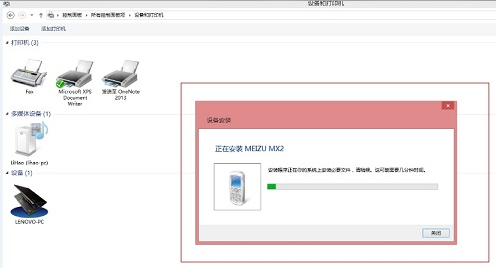可以将文章内容翻译成中文,广告屏蔽插件可能会导致该功能失效(如失效,请关闭广告屏蔽插件后再试):
问题:
I am working with a dataframe where each observation is linked to a specific ID, and I have a set of variables that define the "values" as if I had a factor variable. However, the value in the "cell" is the frequency. Here is a simplified version:
ID 1 2 3
A 2 3 2
B 1 4 1
I would like to get two vectors that expand the frequencies so that I can calculate an interpolated median for each ID. That is, I'd like something of the form:
A B
1 1
1 2
2 2
2 2
2 2
3 3
3
The psych package has a function interp.median that could then take each vector and return the interpolated median for each ID that I would like to include as a new variable in the original dataframe. I checked out the vcdExtra package which could maybe do this with its expand.dft function, but I'm not sure exactly how it would work.
Any help would be greatly appreciated!
EDIT: To refine a bit more, interp.median would work best if the final result was a data frame, with NAs padded at the end. That is, something of the form:
A B
1 1
1 2
2 2
2 2
2 2
3 3
3 NA
回答1:
If dat is the dataset
lst <- by(dat[,-1], dat[,1], function(x) rep(seq_along(x), x))
lst
#dat[, 1]: A
#[1] 1 1 2 2 2 3 3
#------------------------------------------------------------
#dat[, 1]: B
#[1] 1 2 2 2 2 3
indx <- max(sapply(lst,length))
dat2 <- do.call(data.frame,lapply(lst, function(x) c(x,rep(NA,indx-length(x)))))
dat2
# A B
#1 1 1
#2 1 2
#3 2 2
#4 2 2
#5 2 2
#6 3 3
#7 3 NA
Or
lst2 <- lapply(split(dat[,-1], dat$ID), function(x) rep(seq_along(unlist(x)), unlist(x)))
do.call(data.frame,lapply(lst2, function(x) c(x,rep(NA,indx-length(x)))))
data
dat <- structure(list(ID = c("A", "B"), `1` = c(2L, 1L), `2` = 3:4,
`3` = c(2L, 1L)), .Names = c("ID", "1", "2", "3"), class = "data.frame", row.names = c(NA,
-2L))
回答2:
Here one way:
# your data
df <- data.frame(ID=c(1,2,3), A=c(2,3,2), B=c(1,4,1))
# function to repeat each ID a given number of times,
# as specified in 'colname' of df
rep_id <- function(colname) {
unname(unlist(apply(df[, c('ID',colname)], 1, function(x) rep(x[1], x[2]))))
}
# apply this function to all columns (except the first, which is ID)
sapply(names(df)[-1], rep_id)
Yields:
$A
[1] 1 1 2 2 2 3 3
$B
[1] 1 2 2 2 2 3
回答3:
Sample data:
df <- read.table(text="
ID 1 2 3
A 2 3 2
B 1 4 1", header=TRUE, check.names=FALSE)
Use apply:
(newlist <- apply(df[2:4], 1, function(x) rep(names(x), x)))
#[[1]]
#[1] "1" "1" "2" "2" "2" "3" "3"
#
#[[2]]
#[1] "1" "2" "2" "2" "2" "3"
names(newlist) <- df$ID
#$A
#[1] "1" "1" "2" "2" "2" "3" "3"
#
#$B
#[1] "1" "2" "2" "2" "2" "3"
This outputs characters, but you could output numbers like this:
newlist <- apply(df[2:4], 1, function(x) rep(as.numeric(names(x)), x))
names(newlist) <- df$ID
Edit:
To address OP's new request that the vectors be put in a data.frame and padded with NAs, call this after running either of the options above:
newlist <- sapply(newlist, function(x) x[1:max(sapply(newlist, length))])
# A B
#[1,] 1 1
#[2,] 1 2
#[3,] 2 2
#[4,] 2 2
#[5,] 2 2
#[6,] 3 3
#[7,] 3 NA





